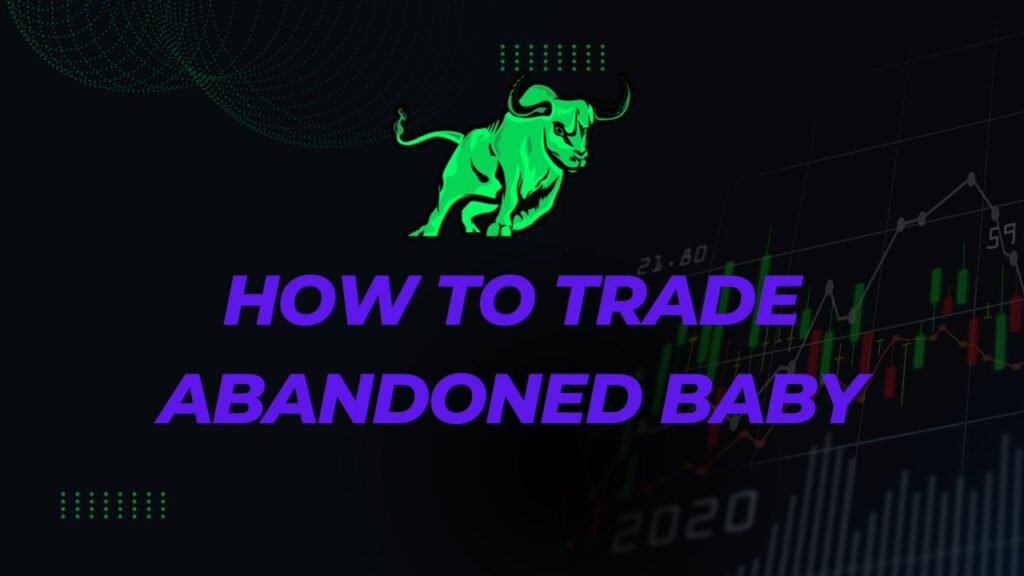
In the intricate landscape of trading, recognizing unique candlestick patterns is paramount for making informed decisions. The Abandoned Baby, a powerful reversal pattern, stands out as a signal of potential trend shifts. In this guide, we’ll delve into what the Abandoned Baby is and how traders can effectively navigate its implications.
Unveiling the Abandoned Baby
The Abandoned Baby is a candlestick pattern that signifies a potential reversal in the current trend. It consists of three candles: a large-bodied candle, a small-bodied candle with a gap (the baby), and a third large-bodied candle.
Identifying the Abandoned Baby
- Large Initial Candle: The pattern starts with a large candle, indicating a prevailing trend.
- Small Gap Baby Candle: The second candle, known as the “baby,” has a small real body and forms a gap, signaling a period of indecision.
- Large Third Candle: The final candle confirms the reversal, opening in the direction opposite to the trend and closing beyond the midpoint of the first candle.
Trading Strategies for Abandoned Baby
1. Wait for Confirmation
- Exercise patience and wait for confirmation in the following sessions to ensure the validity of the Abandoned Baby pattern.
2. Combine with Other Indicators
- Enhance the effectiveness of the Abandoned Baby by incorporating other technical indicators such as moving averages or trendlines.
3. Implement Risk Management
- Due to the reversal nature of the Abandoned Baby, set clear stop-loss orders to manage risk effectively.
Advantages of Trading Abandoned Baby
- Early Reversal Signal: The Abandoned Baby provides an early indication of a potential shift in market sentiment.
- Versatility: Applicable to various timeframes, offering flexibility to traders.
- Risk Management: The gap in the pattern allows for effective risk management through well-placed stop-loss orders.
Conclusion
In conclusion, the Abandoned Baby is a potent tool for traders seeking to identify early signs of market reversals. By understanding the pattern and implementing effective trading strategies, you can make more informed decisions in changing market conditions.
Remember, successful trading involves a combination of technical analysis, risk management, and a deep understanding of market psychology.